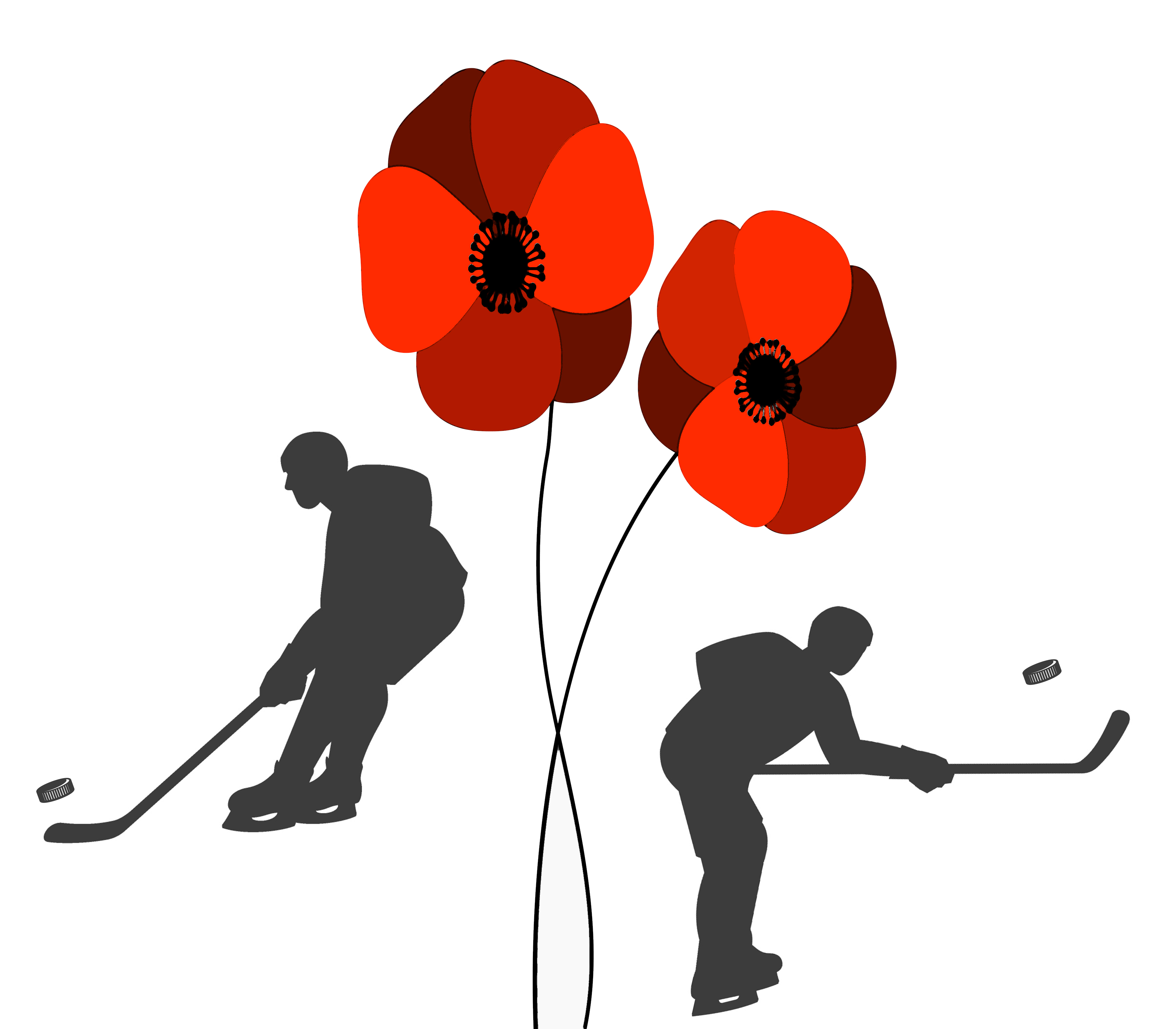
Effects of war on the hockey world and teams
By Brandon Yip, Senior Columnist
Even with NHL teams having depleted rosters during wartime, the public did not stay away from hockey games; attendance at NHL games increased.
The NHL almost stopped playing hockey during World War II. League officials and the Canadian government were conflicted; was playing hockey during wartime appropriate when thousands of Canadians were in Europe fighting and paying the ultimate sacrifice?
Hockey writer Stan Fischler, in his September 2017 article about the NHL’s dilemma during World War II, stated the NHL and government officials in both the US and Canada struggled in deciding if playing hockey was the best decision from a public relations perspective. Politicians in Canada argued in favour of the NHL to cease playing hockey. Their reasoning was that it was the patriotic thing to do; this sentiment was echoed by Canada’s Minister of Defence JL Ralston.
Ironically, it would not be a Canadian who would have the most influence in trying to resolve this dispute. Charles Sawyer, a renown American statesman and lawyer, was hired by the NHL and the American Hockey League to influence the Canadian politicians who were obstinate in their anti-hockey stance. Sawyer delivered this message: “We Americans are as anxious as the most loyal Canadians to win this war. [But] we want to keep up our morale. We must not sit and brood when the day’s work is done but live our normal lives so we can back up our fighting forces overseas. We do not want a single man who is fit for some form of military service to be allowed to play hockey. But let’s have the rejects, or average players, to fill the ranks until the boys come home from marching.”
Furthermore, an even greater influencer for the nation to keep playing hockey came from the director of Canada’s National Selective Services. The main argument to keep hockey operating was it would help increase the morale of the public. In September 1942, NHL owners announced a decision during their semi-annual meeting in Toronto. An article entitled “Canadiens’ Cold War Coup,” written by Canadian author Ricky Black, summarized the general consensus of the meeting: “After much deliberation, hockey was given the go-ahead but with [the] important understanding that no player would be absolved from military duty in order to play hockey.” Later, the NHL announced its general policy, stating that “it was opposed to employment by any club of any person who should properly be in active service for his country.”
Remarkably, each NHL team during the Original Six era (1942-1967), had numerous players that were on active service during World War II. Known as hockey’s “Victory Lineup” at the beginning of the 1942-43 season, the Montreal Canadiens had 11 players; the Chicago Black Hawks, 7 (spelling later changed to Blackhawks in 1986); the Boston Bruins, 16; the Detroit Red Wings, 8; the Toronto Maple Leafs, 14; and the New York Rangers, 19.
Even with NHL teams having depleted rosters during wartime, the public did not stay away from hockey games; attendance at NHL games increased. In 1944, the Toronto Maple Leafs played their home games to 88.6 percent capacity, and the Montreal Canadiens played to 100 percent capacity. The four US teams of Boston, Chicago, Detroit, and New York also enjoyed significant attendance increases. The NHL removing overtime for the duration did not affect fan enthusiasm.
One notable NHL milestone would be set during this period: during the 1944-45 season, Montreal Canadiens legend Maurice “Rocket” Richard became the first NHL player to score 50 goals in one season (50-game schedule). After the end of World War II in 1945, some players who had joined the armed forces had difficulty in their return to hockey. Many players lost their creativity, speed, and abilities to play at the NHL level. One team that particularly struggled was the New York Rangers. In the 1941-42 season, they finished in first place. However, over the next five seasons, the Rangers would miss the playoffs.
During the 1943-44 season, the Rangers had only five players returning from the previous season. General manager, Lester Patrick, asked the league to suspend his team’s play for the rest of the war. He was ultimately swayed otherwise, however. The Rangers continued playing their season, and their depleted roster was plainly obvious—winning only six games in a 50-game schedule—they also conceded 310 goals that season. The Rangers were in such dire need for players that the head coach—42-year-old Frank Boucher—made a short comeback. Boucher proved not to be a detriment, as he scored 4 goals and had 10 assists in 15 games.
In contrast, one team that flourished after the end of World War II was the Toronto Maple Leafs. Starting in the 1946-47 season, the Maple Leafs had several rookies in the lineup. Owner Conn Smythe, who had received praise for his bravery as a wounded hero during both world wars—referred to the young players as “old pappy guys.” The Maple Leafs would become the first team in NHL history to win three consecutive Stanley Cups and four championships in five seasons—becoming arguably the league’s first dynasty.
Despite the many challenges faced by the NHL during the wartime years, the league and players ultimately proved to be resilient. And despite many NHL teams having depleted rosters, fans still continued to pack arenas to watch hockey; this was further proof that the game of hockey was powerful enough to bring people and countries together—even during difficult times like World War II.


